Love This Blog? Sign Up for Our Newsletter for More
SignupThe Ultimate Guide to Cold Calls and Outbound
Unlock Your Content
August 11, 2025

13 min

Many B2B prospects will ask if a product’s price is negotiable, but discount requests can derail deals if not handled strategically. To respond to discount requests in a way that keeps the deal moving forward while protecting margins, sales teams should stay in control by demonstrating value, asking clarifying questions, and offering alternatives like added services or month-to-month plans. Tactics like quid pro quo and clear pricing policies can also help.
"Is the price negotiable?"
"Can you do it cheaper?"
"Are you able to give a discount?"
Discount requests are common in B2B sales, and many prospects expect to negotiate before buying. But as a sales agent, you need to balance your goal of keeping the prospect happy while honoring your company’s price constraints.
You have to bring in net positive revenue on a closed-won deal. There's no ifs, ands, or buts about it.
The key is to learn how to respond to price negotiation in a healthy manner where everyone is happy with the outcome. To that end, we've rounded up some effective responses your team can fall back on when your client asks to "do it cheaper."
Related:
It’s true that discounts can help push slow or difficult deals across the finish line. However, you have to be very careful when it comes to offering discounts to your prospects as there are a few negatives that come along with them.
First, discount requests can force the entire conversation to revolve around price. Your reps become so embroiled in this one element of the deal that they aren’t able to do their actual job and showcase the tremendous value your product or service can deliver to a prospect.
Related: 8 Ways to Overcome Price Objections on Sales Calls
Second, your prospects may start to question the value of your offering itself. If you’re willing to sell the service at a discounted rate, does that mean they’re not getting a product that can live up to the full needs of their company?
Last, you run the risk of sacrificing prime negotiation footing. If your reps offer discounts too often and too quickly, the prospect will hold all the chips as the power dynamic shifts fully into their hands.
Don’t take this to mean you should never offer discounts for your product or service though. Instead, you have to learn to be incredibly strategic with the way you engage in price negotiation with prospects, and at what stage during the deal when you decide to offer them the discount.
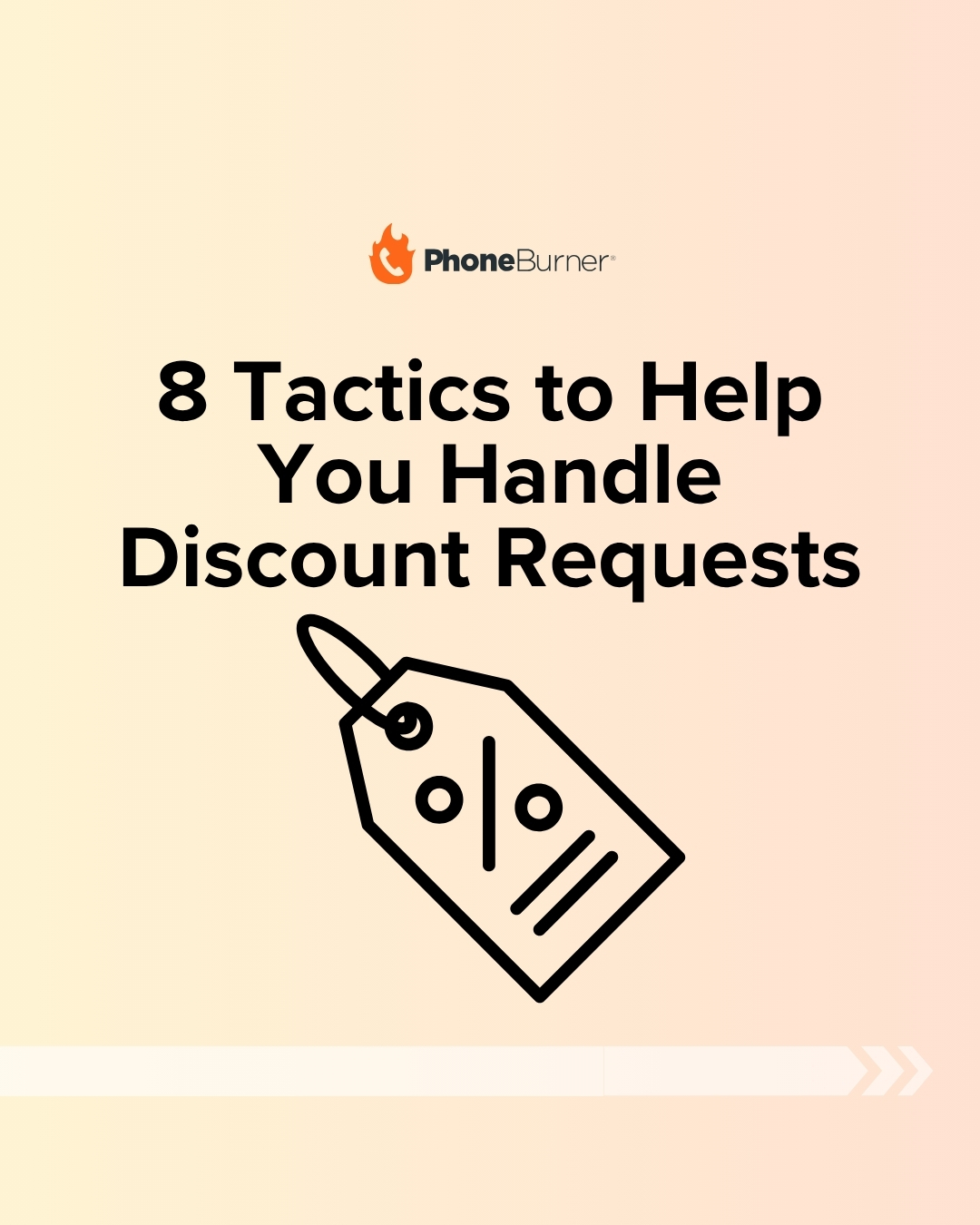
Here are eight tactics you can use to reply to a customer who's asking for a discount, but still maintain power during the negotiation.
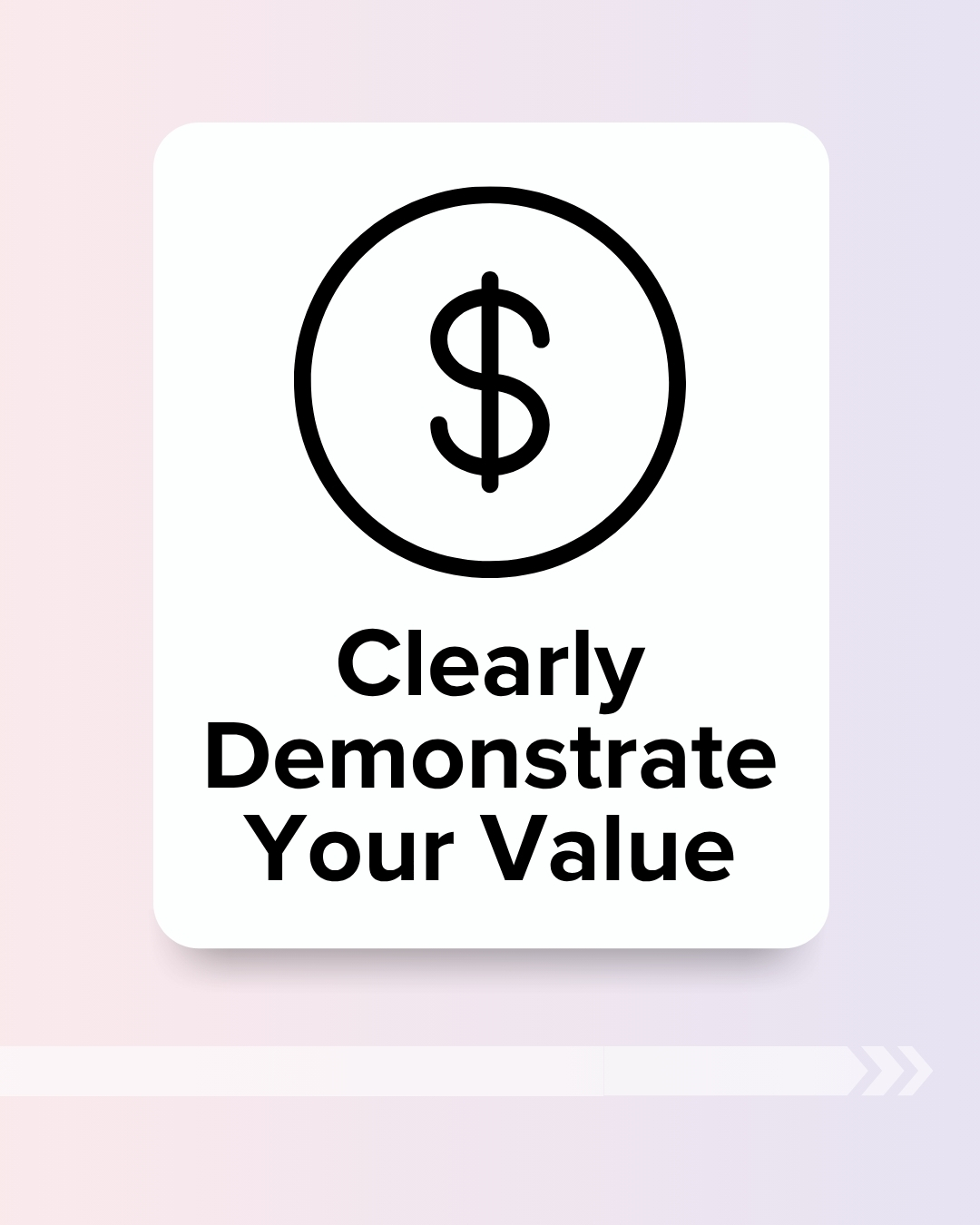
Often, when prospects ask if the price is negotiable, it’s because they think they can get better value by purchasing from one of your competitors. However, there are a multitude of differentiating factors between you and your competition.
This is especially true if you’re focused on how your product or service can solve specific pain points for the prospect. Take this opportunity to set the record straight and showcase the true value of your offering—make your conversation interesting and informative.
Perhaps you have specific features and functionality others don’t offer. Your new customer onboarding process might be the best in the industry. White glove customer support options set you apart from everyone else. Your guarantee is better.
Whatever sets you apart, hone in on it and make it clear to your prospects what the full price of your offering entails. Being able to demonstrate the value you bring justifies your purchase price.

Don’t be afraid to deny the discount request from your prospects but be prepared with something sweet to follow the vinegar. After you deny their request, increase the value of the deal and:
All this can help you preserve your initial price point while simultaneously making the deal more compelling to your prospect.
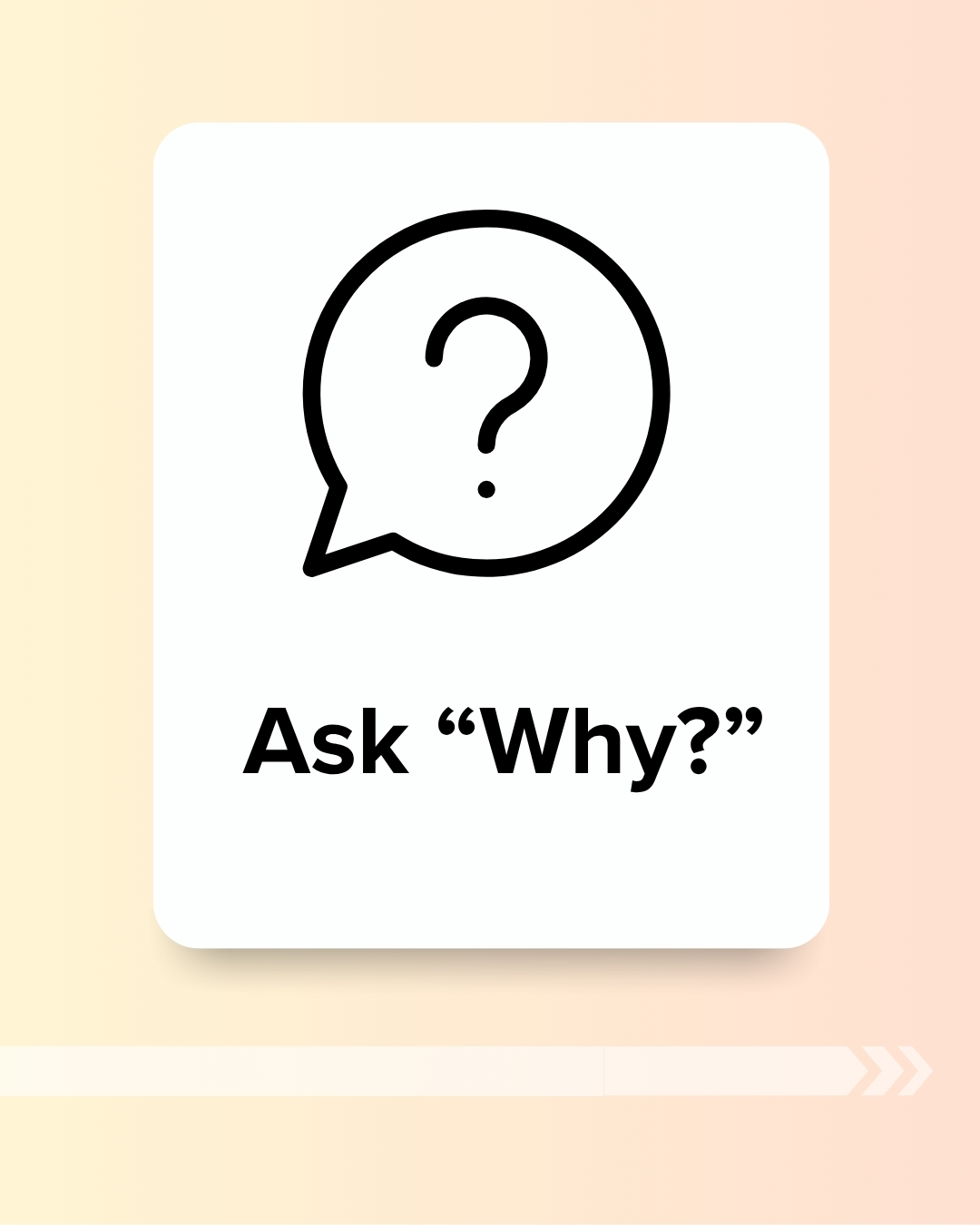
Some people love to engage in price negotiation simply because they like to push and see if they can get a better price than anyone else. It’s a source of pride. You can’t be afraid to push back a bit.
One of the best questions you can ask a prospect when they want a discount is: “Why?” You’re not expressly telling the prospect you will never give them a discount. You’re simply engaging a curious mindset in the hopes of discovering the real intention behind why they’re asking.
A prospect might simply say they were just wondering if you would offer anything. Then, they’ll often move on to pay the full price. However, this might help uncover crucial details around the deal and prospect your team needs to be aware of.
For example, maybe you find out that they’re evaluating your product alongside your competitors and wanted to know how your pricing compares. You can then tailor your materials to showcase how you beat that competitor in key areas related to the prospect’s pain points.
It can help ensure you don't spend too much time on deals that aren't a good fit, ultimately tanking your vital sales metrics.
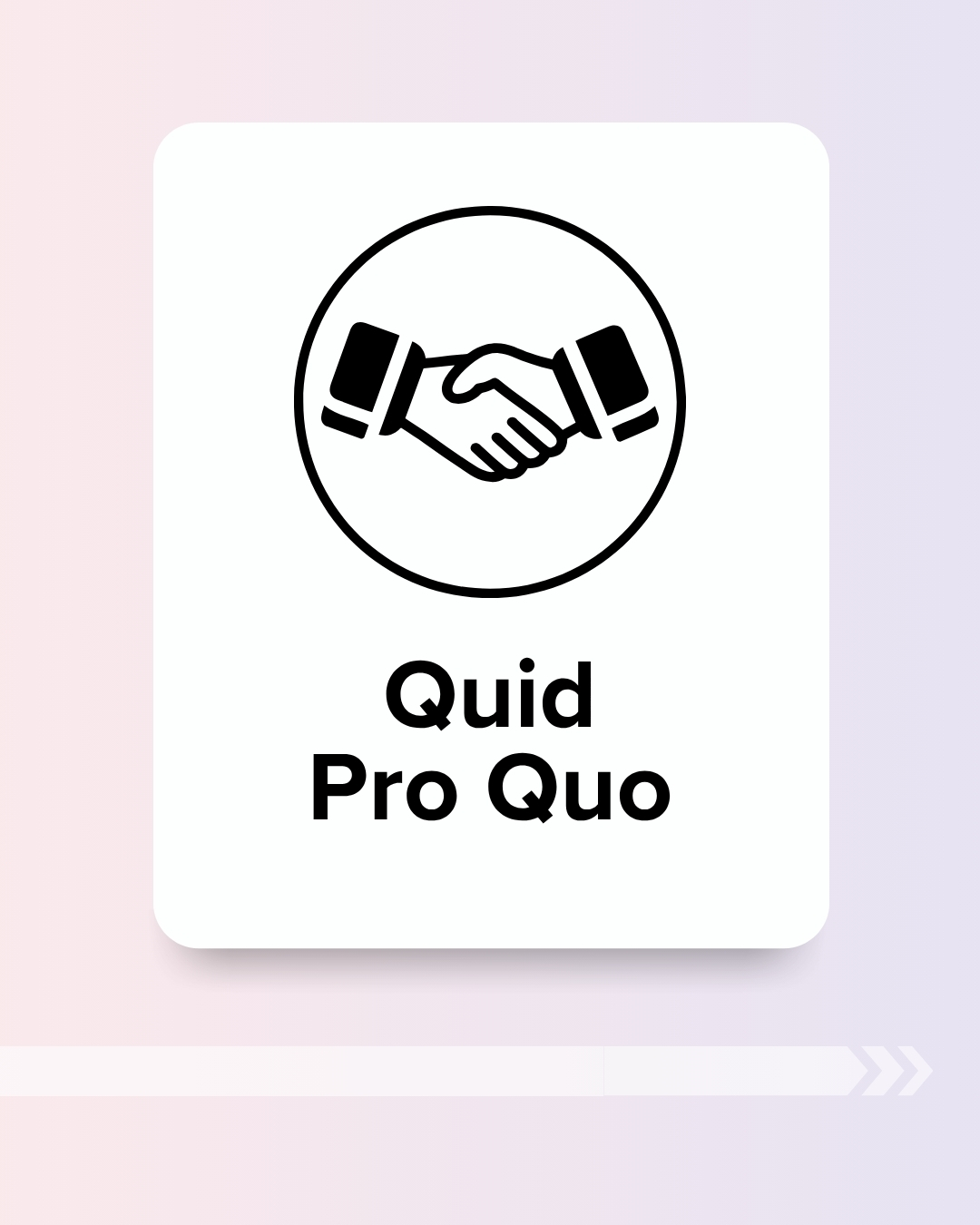
Quid pro quo is Latin for “this for that.” Essentially, it means you’re trading one thing in order to secure another.
In this case, you’re offering a discount, but asking for something in return from your prospect. Your sales team can offer a discount if the prospect:
Compromise is a critical component of any successful negotiation. The beauty of creating a quid pro quo here is that you and your prospect both come out as winners because you compromise on a mutually beneficial situation.
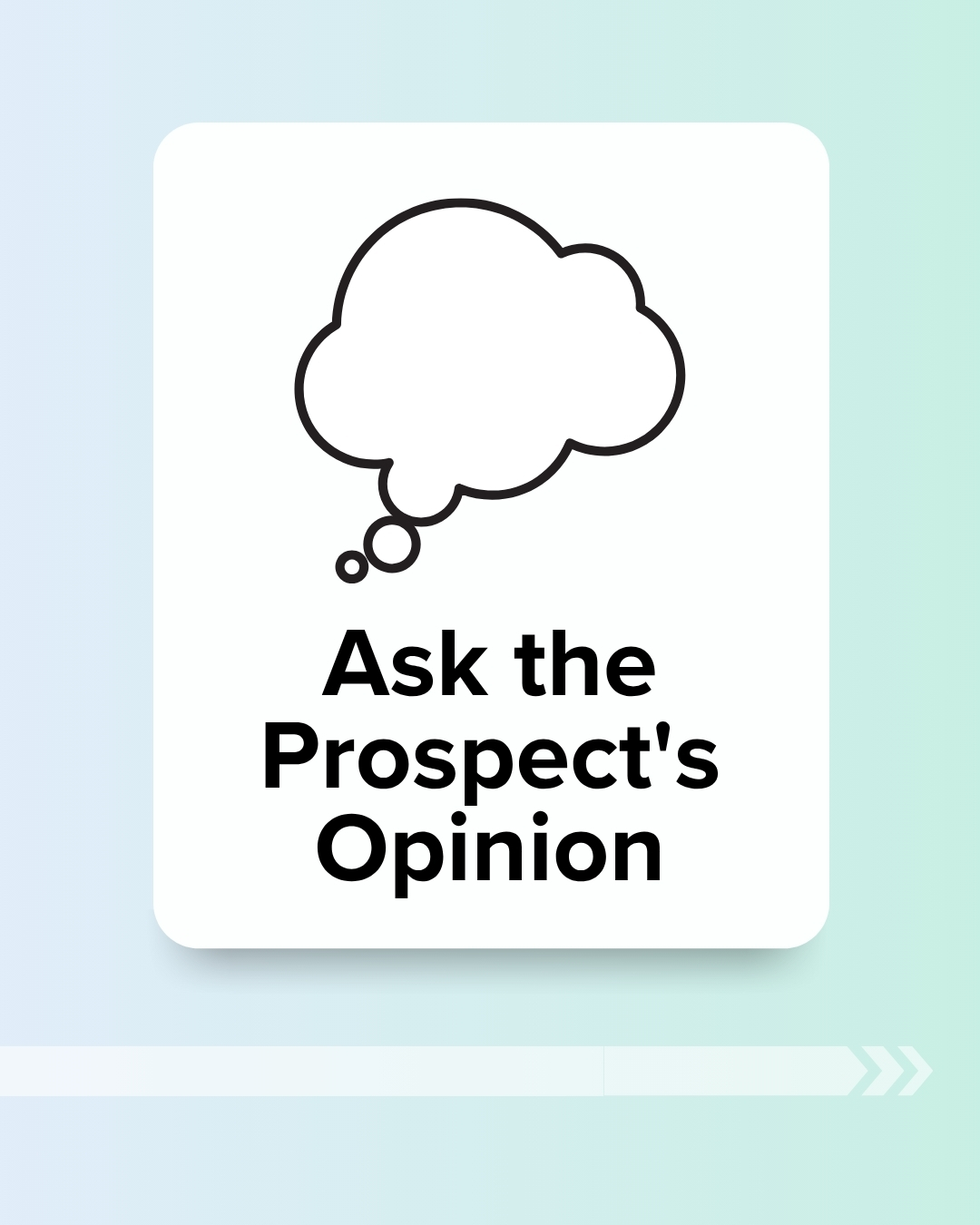
You can turn the request for a discount right back around on your prospect and ask what they think an appropriate discount would be. If their discount request is reasonable, you could be on the fast track to getting your deal signed.
However, if the request is unreasonable, your team should feel empowered to be honest. Let the prospect know that it’s too big of a gap from your asking price. If they keep pushing back and say they won’t pay more than that, it might be time to let them go and focus on other leads.
Let’s say their discount request is somewhere in the middle though. That’s still a good thing, and you can continue price negotiations to figure out what the best way to come to an agreement might be.
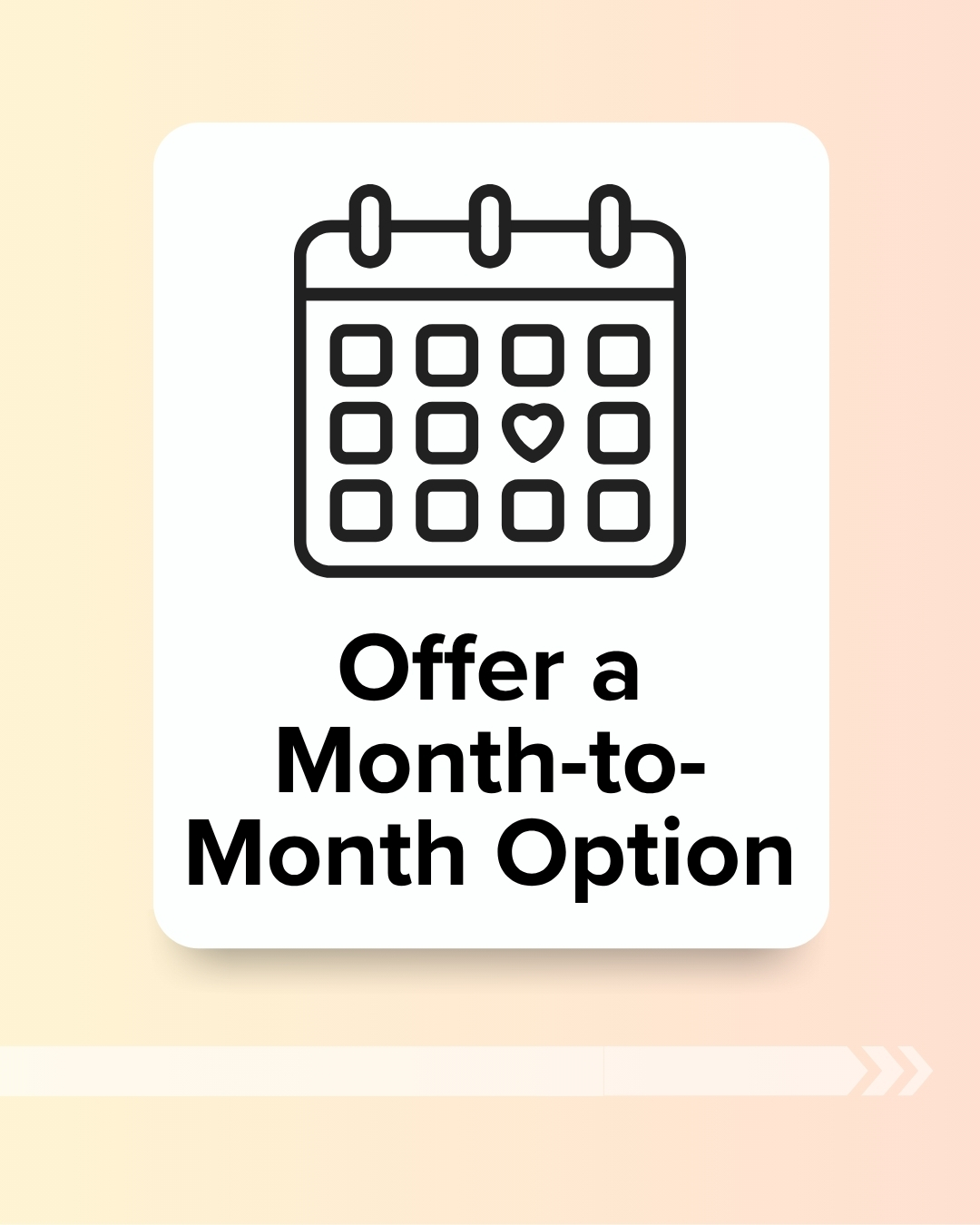
This might not be an ideal solution for every sales team out there, but if it’s within your ability to do it might help encourage prospects to sign a deal without committing too much on their end. Think of it as a try-before-you-buy kind of deal.
If your prospect refuses to agree to an annual contract at a certain deal without a hefty request, offer them the option to sign on to a month-to-month option. It might fit their budget more appropriately, and they can get a taste for your offering before they ultimately decide to upgrade to a more robust, or full, annual contract.
Make sure you've got the right sales tools in place to keep these prospects in a special segment of your cadence to ensure they’re equipped with the best materials to successfully use your product in a short period of time, like webinars, blogs, and customer success stories. Then, strike fast and hard at the upsell opportunity when it presents itself.
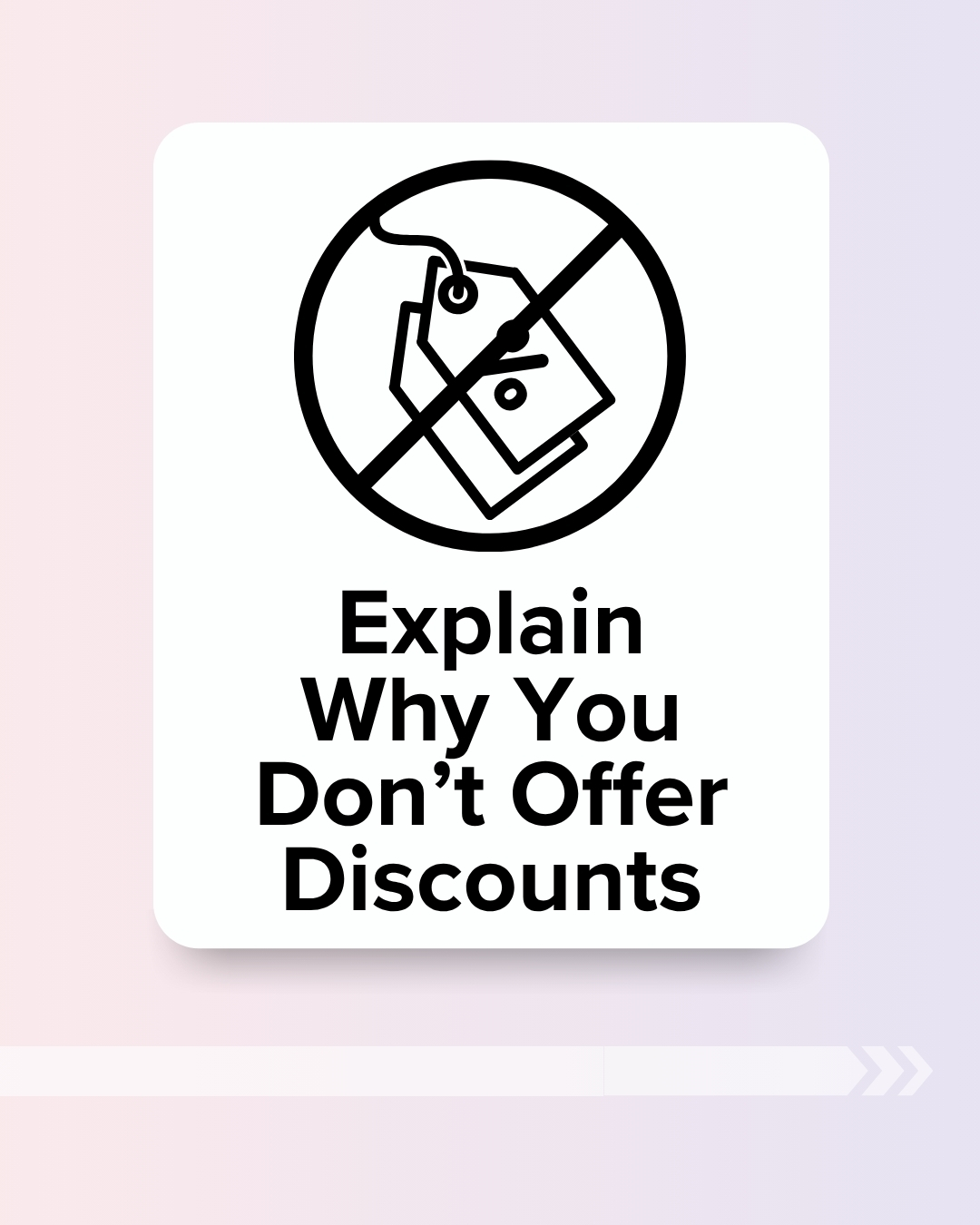
This one is specifically for organizations that don’t allow discounts on their products or services. It’s well within your rights to do so, but your sales team needs to be prepared with strong reasons why your business does this.
Simply saying that you can’t offer a discount isn’t going to win over any prospect. However, if you can explain what your company’s policy is and why it makes sense, you provide a prospect with a compelling reason to agree to the fixed price.
For example, you might say that your company employs a team of analysts to perform market research and ensure the pricing is set at competitive rates compared to other, similar options.
There’s always the chance that prospect still walk away from the deal because of this, but if you really do have the most competitive pricing around the chances are high they’ll return after courting other products and services.
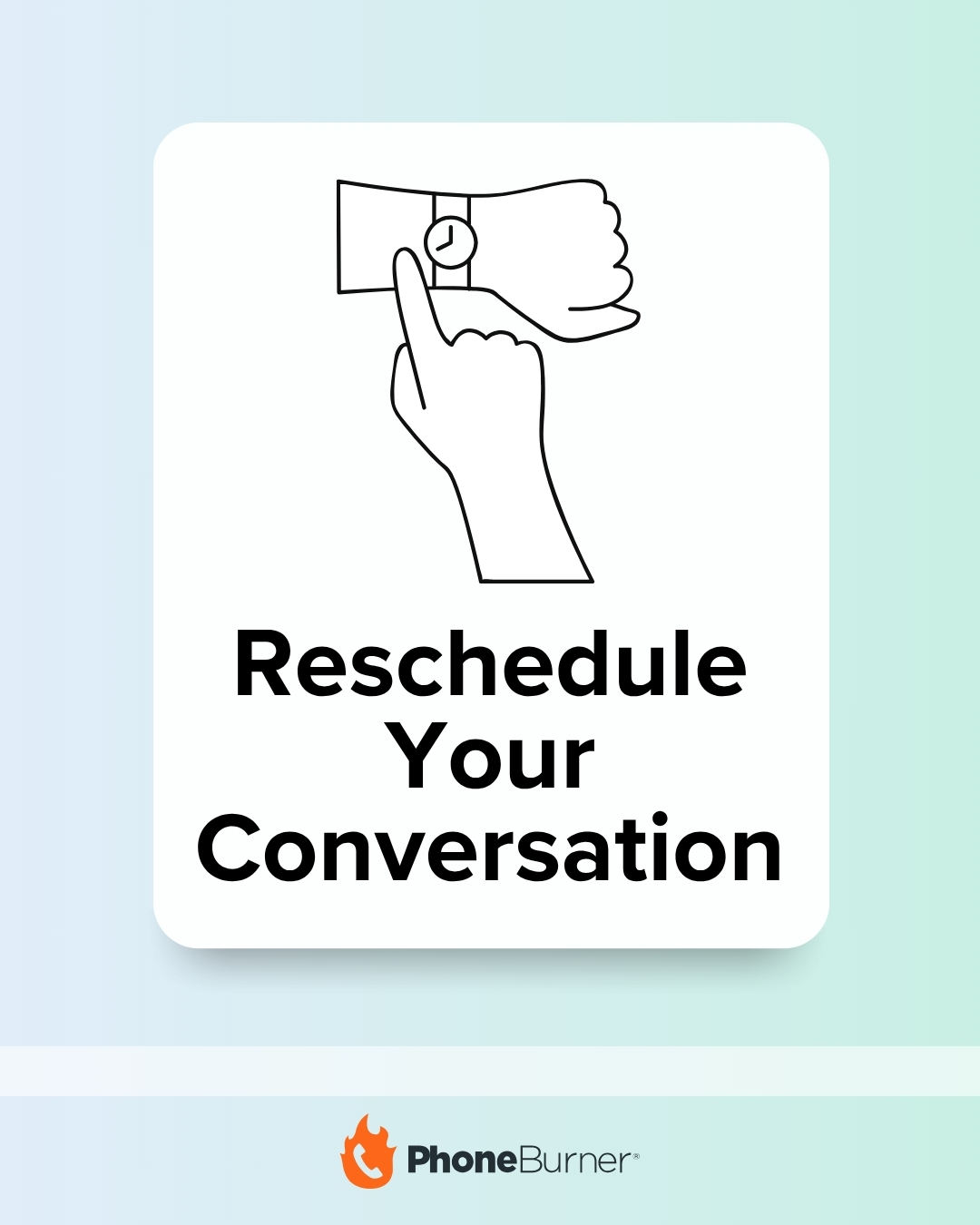
Whether you're doing inbound sales or outbound sales, you likely won't want to push your conversation with a prospect further down the line. But if they’re insistent that they can’t pay for the full amount of your product, even with some discounts or other value added, it might be the only thing your team can do to keep the deal alive.
Use this as an ultimate last-ditch effort after you’ve tried everything else possible to get them to sign. If it’s not going to work out, ask if you can reschedule a call for next quarter or six months out when they may have more budget to buy.
Discount requests can come at your sales team from anywhere, at any point in the sales cycle. Be prepared to adapt your response depending on when you receive it. Here are a few examples.
Prospects may start their sales journey with you by immediately asking about pricing and how flexible you are on it. This can be difficult to answer since the price you give may depend on their distinct needs and use-case for your product.
Often, this is too early to discuss a discount. But you don’t want to upset your prospect by brushing off the question. Push them to instead defer this question until you’ve gone over more details of your product or service.
If your prospect continues to push the conversation around pricing and discounts, you need to determine if it’s going to be a massive roadblock. Don’t be afraid to ask if the price of your offering, by itself, will halt them from making a purchase.
This is a great way to quickly qualify the prospect further and determine if it’s worth your time, which is one of the most valuable resources a salesperson has. Their answer will tell you if they don’t have the budget to purchase at full price, or if they’re just insistent about getting a discount because they like to negotiate.
If you get a request for a discount during your demo, that’s good. The prospect has made it far down the sales cycle—passed from a sales development representative to an account executive—and is close to making a final purchase decision.
Remember though, this is a price negotiation and appearances count for a lot here. If you immediately give them a discount, you’ll appear over-eager and your prospect might keep pushing to go lower. You’re giving the prospect all the power and hampering your effort to get the deal signed.
Again, deferring the conversation is in your best interest. But only for a short while. After all, you’re close to getting the deal signed.
Let them know that the option for a discount is still in play, but you want to ensure that your product is going to solve their challenges, fit their needs, and provide value before you discuss that.
Even if you’ve agreed on all the terms and sent the contract, prospects will sometimes send it back and ask for discounts. This is not a fun position to be in for any sales professional. It can feel like the rug has just been pulled out from under your feet, but don’t give up.
Be patient, get intel on the specific reasons why they want the discount so late in the game, and then work to provide a new solution. If it becomes a big issue, don’t be afraid to pull in other managers or sales VPs to help straighten everything out.
Remember, price negotiations are about power dynamics and healthy compromise. You want to maintain as much control over the conversation as possible, while also keeping your prospect happy, and ultimately reach a place where everyone comes out a winner.
So, train your sales team to have a response to the customer's request to reduce price. Once you do, these conversations won't disrupt their sales cycle, sales forecast, or negatively impact the sales report.
Strike at the right moment, with the right discount for your prospects. It can result in more closed-won deals and happier customers who stay with your company longer.